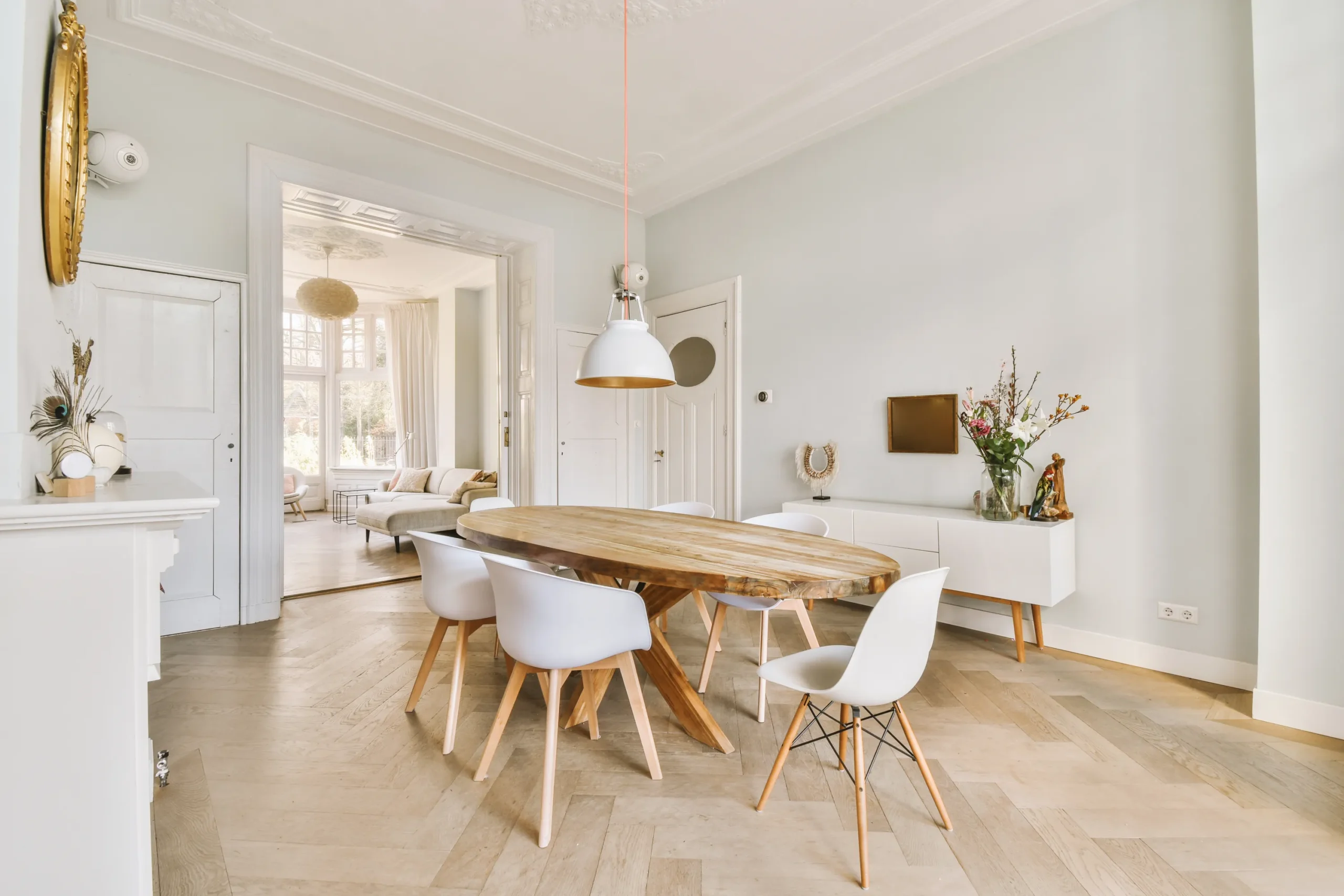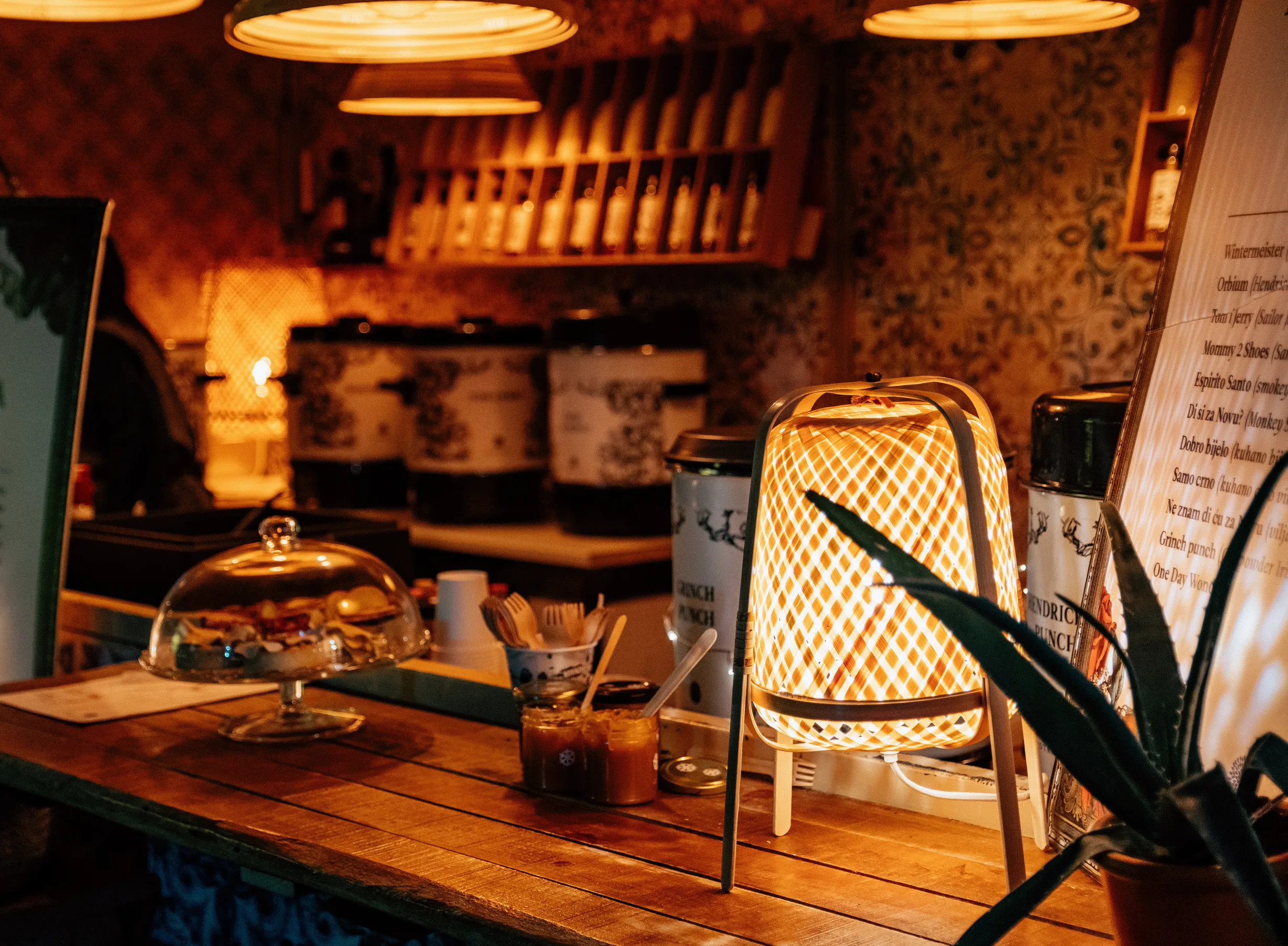
In a range of principles of interior design, mastering the basics is crucial for creating functional and visually appealing spaces. Understanding key principles of Interior Design sets the foundation for successful design. In this blog post, we’ll explore the significance of traffic flow, furniture arrangement, and functionality in space planning.
We’ll also delve into the concept of ergonomics and its impact on comfort and well-being. By following these principles, you’ll be able to transform your space into a harmonious and efficient environment. Let’s dive in and discover the key principles of the interior design business!
Color plays a significant role in setting the mood and influencing perception within a space. Different colors evoke various emotions and can impact our overall experience. For instance, warm colors like red and orange create a cozy and energetic atmosphere, while cool colors such as blue and green promote calmness and relaxation.
To create harmonious painting color schemes, it’s essential to understand the color wheel. The color wheel consists of primary, secondary, and tertiary colors. Complementary colors, located opposite each other on the wheel, create a vibrant contrast. Analogous colors, situated next to each other, produce a harmonious and cohesive feel. Triadic colors, forming an equilateral triangle on the wheel, offer a balanced and dynamic color scheme.
Texture adds visual interest and tactile appeal to your interior design business. It can transform a plain space into a rich and inviting environment. Consider incorporating different textures such as smooth, rough, soft, or shiny surfaces to create depth and variety.
There are various textures to consider, such as smooth, rough, glossy, or matte. For example, a rough-textured brick wall can add warmth and character to a room, while a smooth marble countertop can convey elegance and sophistication. Mixing textures, like pairing a plush velvet sofa with a woven jute rug, creates a pleasing contrast and adds layers of visual interest.
Patterns are powerful tools in the interior design business and an important part of the principles of interior design, as they can create focal points and inject personality into a space. From stripes and florals to geometric prints and abstract designs, patterns add visual excitement and can reflect your style.
When mixing patterns, it’s essential to maintain balance. Start with a dominant pattern as a focal point and complement it with smaller-scale patterns. Consider each pattern's scale, color palette, and style to ensure they harmonize. For example, pairing a bold, large-scale floral print with smaller, geometric patterns can create a balanced and visually appealing composition.
Understanding the elements of color, texture, and pattern empowers you to make informed design choices and create visually captivating spaces that reflect your desired mood and style.

Balance is the distribution of visual weight in a space and can be achieved through symmetrical, asymmetrical, or radial arrangements. We will delve into the concept of balance, explaining each type and providing examples of achieving it using furniture, accessories, and layout choices.
Scale and proportion are vital in creating a harmonious space. We will discuss the importance of selecting appropriately sized furniture and decor to maintain balance and avoid overwhelming or undersized elements. Practical guidelines will be shared to help you make informed decisions about scale and proportion in your design projects.
Creating unity and harmony is essential for a cohesive and visually appealing design. We will explore the role of unity in tying elements together and discuss techniques for achieving harmony through colour schemes, cohesive styles, and thematic consistency. You will learn how to create a unified look and feel that brings a sense of coherence to your space.
By mastering these key principles of interior design business, you will have the foundation to create spaces that are not only aesthetically pleasing but also functional and inviting. Join us as we delve into the principles of balance, scale and proportion, and unity and harmony, and discover how to apply them in your interior design business projects.

Considering traffic flow in the interior design business is crucial for a smooth and functional space. Here’s why it matters and some tips to create efficient pathways:
a) Significance: Identify the main traffic areas and remove any obstructions. Ensure that pathways are clear for easy movement.
b) Mindful Furniture Placement: Arrange furniture to facilitate smooth traffic flow. Position seating areas to promote conversation while allowing enough space to maneuver. Avoid blocking doorways or entrances.
c) Create Zones: Designate specific zones for different activities. Use furniture placement and rugs to clearly define these zones while maintaining a good flow between them.
Understanding the purpose and activities within a space is vital for a functional interior design business. Optimize functionality with these strategies:
a) Assess Your Needs: Identify the functions the room needs to serve. Consider whether it’s for entertaining, work, or relaxation. Let this guide your furniture choices and layout.
b) Furniture with Dual Purposes: Choose versatile furniture pieces that offer multiple functions. A sofa bed or a coffee table with storage can save space and enhance functionality.
c) Efficient Storage Solutions: Maximize space with smart storage options. Incorporate shelves, cabinets, and baskets to keep belongings organized. Utilize vertical space and under-utilized areas for storage.
Ergonomics promotes comfort and well-being in a space. Consider these ergonomic considerations:
a) Seating: Select chairs and sofas that provide proper support and maintain good posture. Look for adjustable features and suitable heights and depths for comfort.
b) Workstations: Prioritize ergonomics in your workspace. Invest in an adjustable desk and chair to maintain a neutral posture. Position your computer monitor at eye level to prevent strain.
c) Lighting: Incorporate a mix of natural and artificial lighting for functionality and ambiance. Use task lighting for specific activities and adjust lighting levels to avoid glare or shadows.
By considering traffic flow, optimizing functionality, and incorporating ergonomics, you can create a space that is both visually appealing and practical for everyday use.

When it comes to lighting, nothing beats the beauty and benefits of natural light. Harnessing the power of sunlight can truly transform your space into a haven of warmth and serenity. So, let’s shed some light on how you can make the most of natural light in your interior design business.
First off, embrace those windows! Keep them clean and clear of obstructions, allowing sunlight to flood your space. Avoid heavy or dark-colored curtains that block the light. Instead, opt for sheer or light-colored window treatments that let the sunshine filter through while providing a touch of privacy.
Strategic furniture placement can also work wonders. Arrange your seating areas near windows to create cozy spots bathed in natural light. Not only will this make your space feel brighter, but it will also offer a soothing connection to the outdoors.

While natural light is a gift, sometimes we need a little extra illumination to set the right mood or get the job done. That’s where artificial lighting comes in. Let’s shed some light on the different types of artificial lighting and how to use them effectively.
First, we have ambient lighting, which provides overall illumination and sets the tone for the space. Think of it as the backbone of your lighting design. Use ceiling fixtures, chandeliers, or recessed lights to achieve a warm and inviting ambiance.
Next, task lighting is your go-to for focused activities. It helps you see clearly while reading, cooking, or working. Table lamps, desk lamps, or under-cabinet lights are perfect for providing targeted brightness exactly where you need it.
Finally, accent lighting adds depth and drama to your space. Use it to highlight architectural features, artwork, or decorative elements. Wall sconces, track lights, or picture lights can be used effectively to create captivating visual focal points.
To create a truly enchanting ambiance, remember to layer your lighting. Combine ambient, task, and accent lighting to achieve the desired effect. Don’t be afraid to experiment with different light sources and fixtures to create a play of light and shadows that adds depth and personality to your space.
Remember, lighting is not just about functionality—it’s about creating an atmosphere that enhances your mood and complements your interior design business. So, let there be light, both natural and artificial, to illuminate your space with warmth and charm.
Now that you’ve learned about the key principles of the interior design business, it’s time to recap and understand their significance in creating visually appealing and functional spaces. By applying these principles, you can transform any room into a place that truly reflects your style and meets your needs.
Remember, the elements of design, such as color, texture, and pattern, play a vital role in setting the mood and adding personality to your space. The principles of balance, scale, and unity ensure a harmonious and well-proportioned layout. Considering traffic flow when arranging furniture allows for easy movement and a clutter-free environment.
Functionality is essential, so be mindful of the purpose and activities within a space. Optimize functionality through furniture placement and smart storage solutions. Don’t forget about ergonomics! Choose comfortable seating, create ergonomic workstations, and utilize proper lighting for comfort and well-being.
As you embark on your interior design business journey by mastering these principles of interior design, don’t be afraid to experiment and explore your creativity within the boundaries of these principles of interior design. Take inspiration from various sources, but always consider the practicality and functionality of your design choices.
So, whether you’re revamping your living room, designing a home office, or creating a cozy bedroom, remember to incorporate these principles to achieve a space that is not only visually stunning but also serves your needs. Have fun and enjoy the process of creating a space that truly feels like home!
FAQs
Considering traffic flow is crucial for a smooth and functional space. It involves identifying main traffic areas, removing obstructions, arranging furniture to facilitate movement, and creating designated zones for different activities. By ensuring efficient traffic flow, you can create a clutter-free and user-friendly environment.
To create a harmonious colour scheme, you can use the colour wheel as a guide. Complementary colours, which are located opposite each other on the wheel, create a vibrant contrast. Analogous colours, found next to each other, produce a harmonious and cohesive feel. Triadic colours, forming an equilateral triangle on the wheel, offer a balanced and dynamic colour scheme.